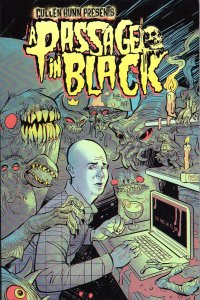 I bought this book at LibraryCon last year (is it showing off my riches to link to posts that illustrate how profligate I am in buying independent artists’ and writers’ work at fantasy conventions?). After reading the long Agatha Christie omnibus, I wanted something shorter to pad out my annual to-read collection. So I essentially read this on Wednesday night after finishing the Agatha Christie.
I bought this book at LibraryCon last year (is it showing off my riches to link to posts that illustrate how profligate I am in buying independent artists’ and writers’ work at fantasy conventions?). After reading the long Agatha Christie omnibus, I wanted something shorter to pad out my annual to-read collection. So I essentially read this on Wednesday night after finishing the Agatha Christie.
I told my beautiful wife that Cullen Bunn was a horror writer, but that’s not exactly true. He’s a comic book writer, and this is an independent collection of some of his stories that he’s turned over to other comic book artists (aside from his normal co-workers at the big publishing houses) to draw up and whatnot.
We’ve got eleven stories set in the horror milieu with different drawing styles. Unfortunately, the depth of the stories is a little thin–at least from a textual perspective. As you know, gentle reader, this is a peccadillo of mine: That modern comics have thinner stories to make more room for the art work, which someone decided is the whole reason for comics in the first place and should be paramount.
The stories themselves are of the type you’d find in D.C.’s Secrets of the Haunted House (although how would I know? I was a Marvel kid), albeit a little thinner. Perhaps those old stories were padded to stretch two into a comic, or maybe they had ads in them to make them seem longer.
At any rate, a quick enough read (look). It didn’t inspire me to try my hand at more fiction like The Twilight Zone Encyclopedia did, but, on the other hand, this represents eleven story set-ups that Bunn came up with that turned into a finished product. Which is a far better track record than I have over the last decade, which is basically two completed poems and maybe a short story nope, that was completed in the first decade of the century, not the second. So maybe I should get to work and get into the game before I tut-tut someone else’s comic book stories too much.
Also, when I went looking for the book of Charles Sander Peirce last weekend, I turned up a lot of books I wished I could read right now but I had to finish the Agatha Christie omnibus. Now that I’m done, though, I’ve forgotten which books I was so hot about, so I’ll probably pick up another graphic novel I bought at LibraryCon or an Executioner novel instead.



 This is the famous five-novel omnibus that my grandmother sent me earlier this year. It includes the following novels:
This is the famous five-novel omnibus that my grandmother sent me earlier this year. It includes the following novels: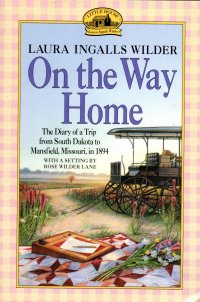 Like
Like  You know, I actually saw this film once, probably on videocassette when it was fresh and Hugh Grant was a leading man and I was dating a girl who liked these sorts of films. And perhaps thought I was something like Hugh Grant. But all I remember, really, was whose funeral it was, and that Hugh Grant was wooing Andie MacDowell.
You know, I actually saw this film once, probably on videocassette when it was fresh and Hugh Grant was a leading man and I was dating a girl who liked these sorts of films. And perhaps thought I was something like Hugh Grant. But all I remember, really, was whose funeral it was, and that Hugh Grant was wooing Andie MacDowell.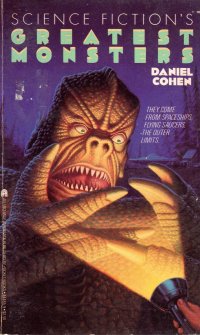 As
As  This book identifies and documents a number of lighthouses that are (or were) at risk of falling down and need preservation and restoration. The book looks at a variety of lighthouses in different regions, including the northeast, the south, and the Great Lakes (and on on Lake Tahoe, but it’s not really a lighthouse in the lighthouse sense of the word).
This book identifies and documents a number of lighthouses that are (or were) at risk of falling down and need preservation and restoration. The book looks at a variety of lighthouses in different regions, including the northeast, the south, and the Great Lakes (and on on Lake Tahoe, but it’s not really a lighthouse in the lighthouse sense of the word).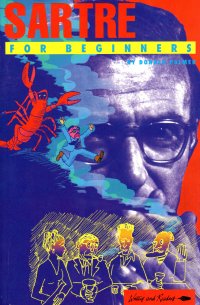 This book is a little wordier than
This book is a little wordier than 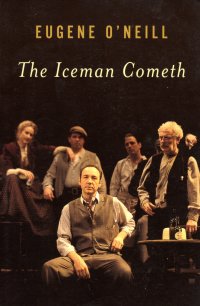 I got this book from
I got this book from  This book has an introduction to it written by Wilder’s attorney who explains the provenance of this book since Laura Ingalls Wilder did not publish it, and it did not appear until after Rose Wilder died. So it was published by the estate, the intellectual property machine that later came up with other “generations” of Little House books likely not envisioned by Laura Ingalls Wilder herself. And I can guess why.
This book has an introduction to it written by Wilder’s attorney who explains the provenance of this book since Laura Ingalls Wilder did not publish it, and it did not appear until after Rose Wilder died. So it was published by the estate, the intellectual property machine that later came up with other “generations” of Little House books likely not envisioned by Laura Ingalls Wilder herself. And I can guess why. This book, like
This book, like 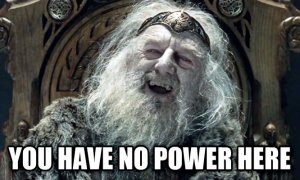
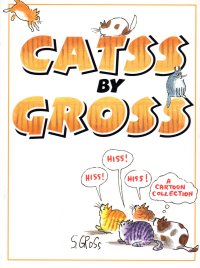
 I got both of these books
I got both of these books  This is a condensed, pamphlet-sized version of a longer book (which is
This is a condensed, pamphlet-sized version of a longer book (which is 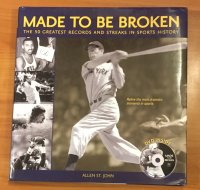 Well, I got this book from ABC Books
Well, I got this book from ABC Books 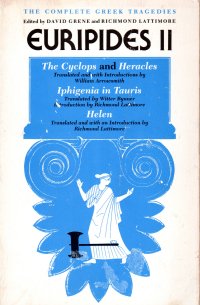 After watching
After watching  As I
As I  This is the next Executioner novel after
This is the next Executioner novel after 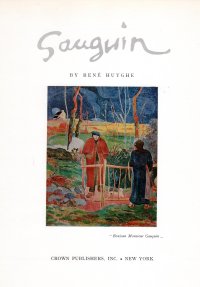 This book has not disuaded me from my thesis that art (not just visual art, but literature and music also) became generally broken sometime right before the turn of the twentieth century when the focus changed from the work of art representing something in real life to the work of art reflecting itself. That is, a painting wasn’t necessarily for you to look at the something in the painting, but rather for you to look at the painting.
This book has not disuaded me from my thesis that art (not just visual art, but literature and music also) became generally broken sometime right before the turn of the twentieth century when the focus changed from the work of art representing something in real life to the work of art reflecting itself. That is, a painting wasn’t necessarily for you to look at the something in the painting, but rather for you to look at the painting.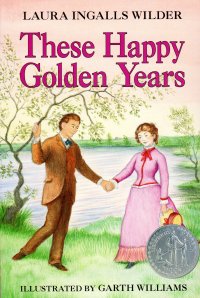 Strangely enough, this is the first Little House title I owned. I received a copy of These Happy Golden Years from my rich aunt, the one who just passed away, when we lived in the projects (as I recounted when I reported on
Strangely enough, this is the first Little House title I owned. I received a copy of These Happy Golden Years from my rich aunt, the one who just passed away, when we lived in the projects (as I recounted when I reported on 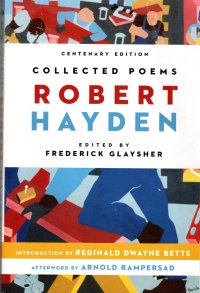 I bought this book based on the poem that Neo
I bought this book based on the poem that Neo  If you read only one 1973 European Presbyterian summary survey / critique of the work of Friedrich Nietzsche this year, well, it’s probably this one.
If you read only one 1973 European Presbyterian summary survey / critique of the work of Friedrich Nietzsche this year, well, it’s probably this one.